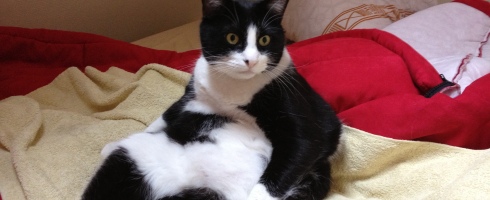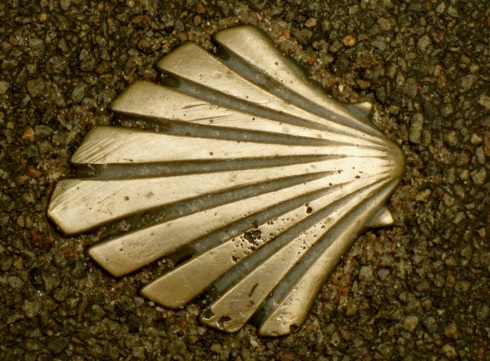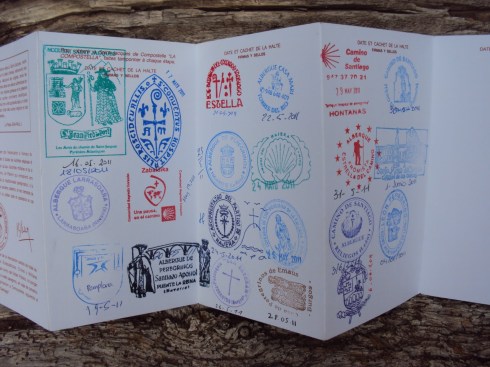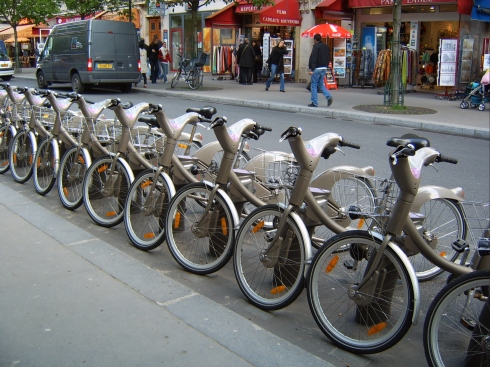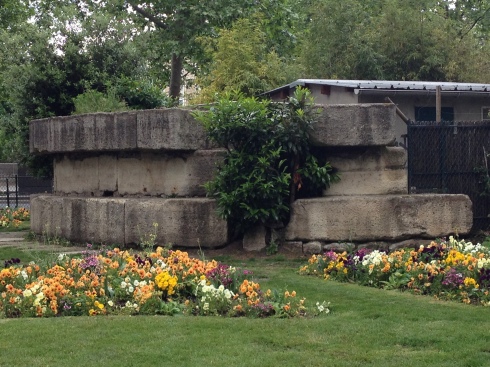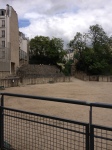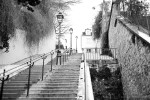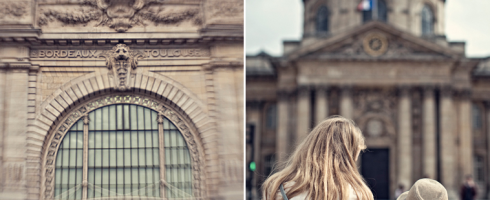Paris is smaller than Texas.
When we decided to move to Paris I was bent on taking our two cats with us. We knew we could stay in France for an undetermined amount of time. For that, you need a furry friend.
Before finagling the airport and getting our kitties to Paris we had to come to terms that our Parisian apartment was much smaller than our Texan apartment. Our kitties would run the risk of gaining weight because of lack of exercise and outdoor activity (like climbing trees and crawling in flower beds).
In Paris we quickly found that bags of kitty kibble are small because apartments are small and there is no where to put a 20 pound bag of kibble. For a bigger bag of 1.5k, we pay around 8 Euros.
Our boys were getting a little extra flubby with their winter coats and lack of stairs and exercise. I decided that we needed to make a change.
After LOTS of research I found that dry kibble is not the proper diet for felines and they should have a meat based diet. (Think: lion=gazelle; kitty=mouse). Putting together info I learned that a average house cat should be eating the size of a mouse, or about 3 ounces twice a day (this is about 85 grams twice daily). I also learned that mice are made up meat and carbohydrates, etc.
Note: they do not make mouse flavored kibble. I am also not one for feeding my kitties a living mouse. So what to do?
I looked around for recipes to make cat food. Some people had quite complex recipes involving rabbit, heart, etc. This is a CAT we are talking about, not the king of France. The good news is that in a former life my father-in-law was a vet tech and he has regularly fed his animals homemade food for decades.
Here is a simplified version of our cat food recipe:
– one large can of albacore tuna (Contains: tuna, water, and sea salt. Origin: Ivory Coast)
-one carrot, minced finely
-cooked rice or bulgur
Total cost: ~3 Euros; Lasts about 1 week
My Chef Husband Extraordinare makes the cat food. When he cooks the rice or bulgur he puts the minced carrot in together to cook it at the same time. Then add tuna and mix. We usually put the prepared food in freezer tupperware so we can have fresh food every few days. When I feed them (once in the morning and once in the evening), I put about 50 grams of food in each bowl, some water (to hydrate them), and a 1/8 cup of kibble split between the two bowls.
This has been a great change for our boys! The boys coats are softer, they are more alert, and have even lost some weight. The dry kibble is lasting a lot longer.
Before the cats would only eat a little bit of kibble at a time and it would take them all day to finish their food (which is fine). Now I can feed them and they will take their time eating but finish the bowl and not be hungry until the evening.
The path to changing their diet was a slow one and the first day I wanted to give up because Jack was being a pain and didn’t want to eat homemade food. But we kept at it and slowly introduced changes and now we are quite happy with the results. We don’t know why we hadn’t done this sooner and we will definitely keep up the practice no matter where we live!

